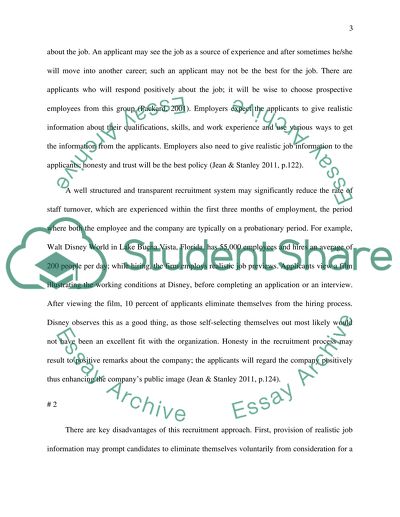Cite this document
(Human Resource Development and Organizational Behavior Assignment, n.d.)
Human Resource Development and Organizational Behavior Assignment. Retrieved from https://studentshare.org/human-resources/1446154-questions-for-discussion
Human Resource Development and Organizational Behavior Assignment. Retrieved from https://studentshare.org/human-resources/1446154-questions-for-discussion
(Human Resource Development and Organizational Behavior Assignment)
Human Resource Development and Organizational Behavior Assignment. https://studentshare.org/human-resources/1446154-questions-for-discussion.
Human Resource Development and Organizational Behavior Assignment. https://studentshare.org/human-resources/1446154-questions-for-discussion.
“Human Resource Development and Organizational Behavior Assignment”, n.d. https://studentshare.org/human-resources/1446154-questions-for-discussion.


